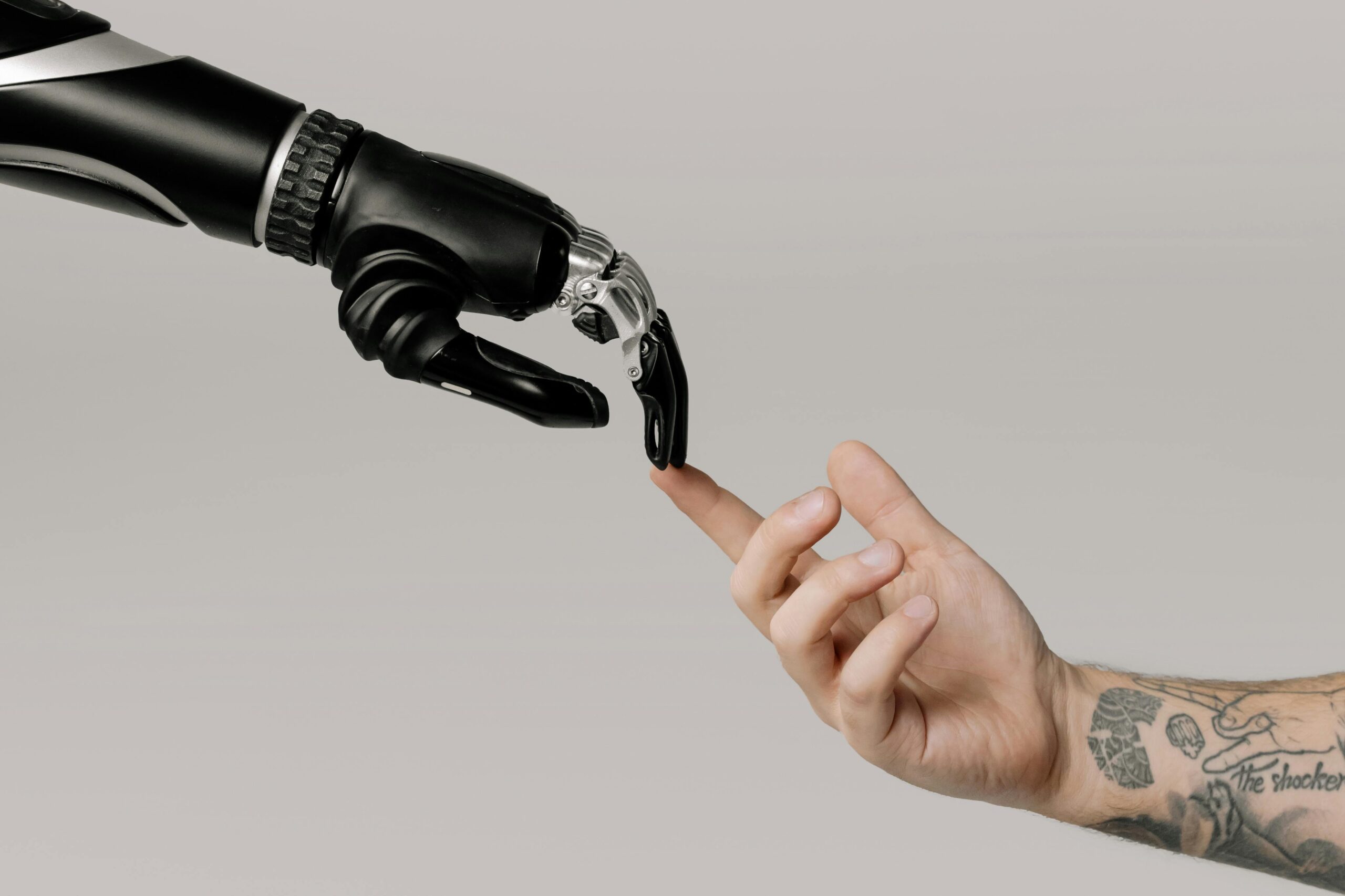The Allure—and the Illusion—of AI as the Fix
Artificial intelligence is the new miracle cure for business inefficiency. Leaders hear stories of companies revolutionizing operations with machine learning and predictive analytics and assume AI can do the same for them. But in practice, many organizations discover that while AI shines in specific tasks, it struggles to deliver holistic operational transformation.
Recent case studies reveal a pattern: AI projects often start strong, show early promise, then plateau—or collapse—once they hit the messy, human side of operations. A European study of public organizations found that even after successful AI pilots, scaling across departments failed because teams couldn’t integrate the technology into daily workflows. The issue wasn’t the algorithm. It was the culture, accountability, and structure that surrounded it.
AI Without Oversight = Faster Dysfunction
Consider how a fractional COO—or any operational leader—looks at a business. Their job isn’t just to make systems run faster but to make sure they’re running in the right direction. AI, by contrast, doesn’t know your strategy, vision, or organizational politics. It will optimize what you feed it, even if what you feed it is a flawed process.
In AstraZeneca’s AI governance case study, the company implemented ethics-based audits to manage how AI made decisions. The challenge wasn’t accuracy—it was alignment. Teams struggled to define what success meant for AI systems in different business units. Without human oversight to connect AI’s capabilities to strategic goals, the technology risked drifting into isolated silos of efficiency that didn’t serve the bigger picture.
A COO bridges that gap. They interpret results, balance competing priorities, and ensure AI supports—not replaces—sound decision-making.
When AI Meets Operational Reality
In a human-in-the-loop experiment with 3D modeling AI, artists found themselves locked in feedback loops where the AI’s corrections influenced their next inputs, often degrading output quality. This illustrates a broader truth: AI depends on the humans who train, interpret, and apply it. If those humans aren’t aligned, trained, or accountable, AI amplifies their confusion.
The same happens in business operations. A sales team automates lead scoring without clarifying the customer journey. A production team applies predictive maintenance data without reviewing process flows. A finance team uses AI for forecasting without understanding the assumptions behind the model. The result? Faster data, faster errors.
Why a COO Makes AI Work
A COO brings structure and discipline to innovation. They translate AI potential into process reality. Here’s how:
- Strategic Alignment: A COO ensures AI projects serve business goals—not just technical curiosity. They connect the dots between efficiency, profitability, and growth.
- Change Management: AI adoption demands new behaviors and habits. A COO helps teams adapt through communication, training, and accountability systems.
- Cross-Functional Integration: Data doesn’t respect org charts. COOs coordinate between departments so AI insights actually get used where they matter.
- Risk and Ethics Oversight: AI can create blind spots—bias, data security, regulatory issues. A COO ensures governance frameworks evolve alongside innovation.
- Continuous Improvement: AI isn’t static. A COO builds feedback loops that refine both the tech and the process around it.
AI + COO: A Partnership, Not a Replacement
AI can predict, optimize, and automate—but it can’t empathize, inspire, or contextualize. A COO, meanwhile, can’t match AI’s speed or scale. Together, they form a powerful combination: AI surfaces insights; the COO ensures those insights turn into outcomes.
Companies that rely solely on AI risk creating what one researcher called “automated stagnation”—systems that perform but don’t evolve. Those that integrate AI under the guidance of operational leadership, however, use it to strengthen decision-making, tighten accountability, and accelerate continuous improvement.
The Bottom Line
AI is a tool, not a transformation. It can magnify what’s already working—or expose what’s broken. Without human oversight, it simply moves dysfunction faster.
A skilled COO sees where technology fits into the bigger operational puzzle. They ensure that AI doesn’t just make your business smarter—it makes it better.



